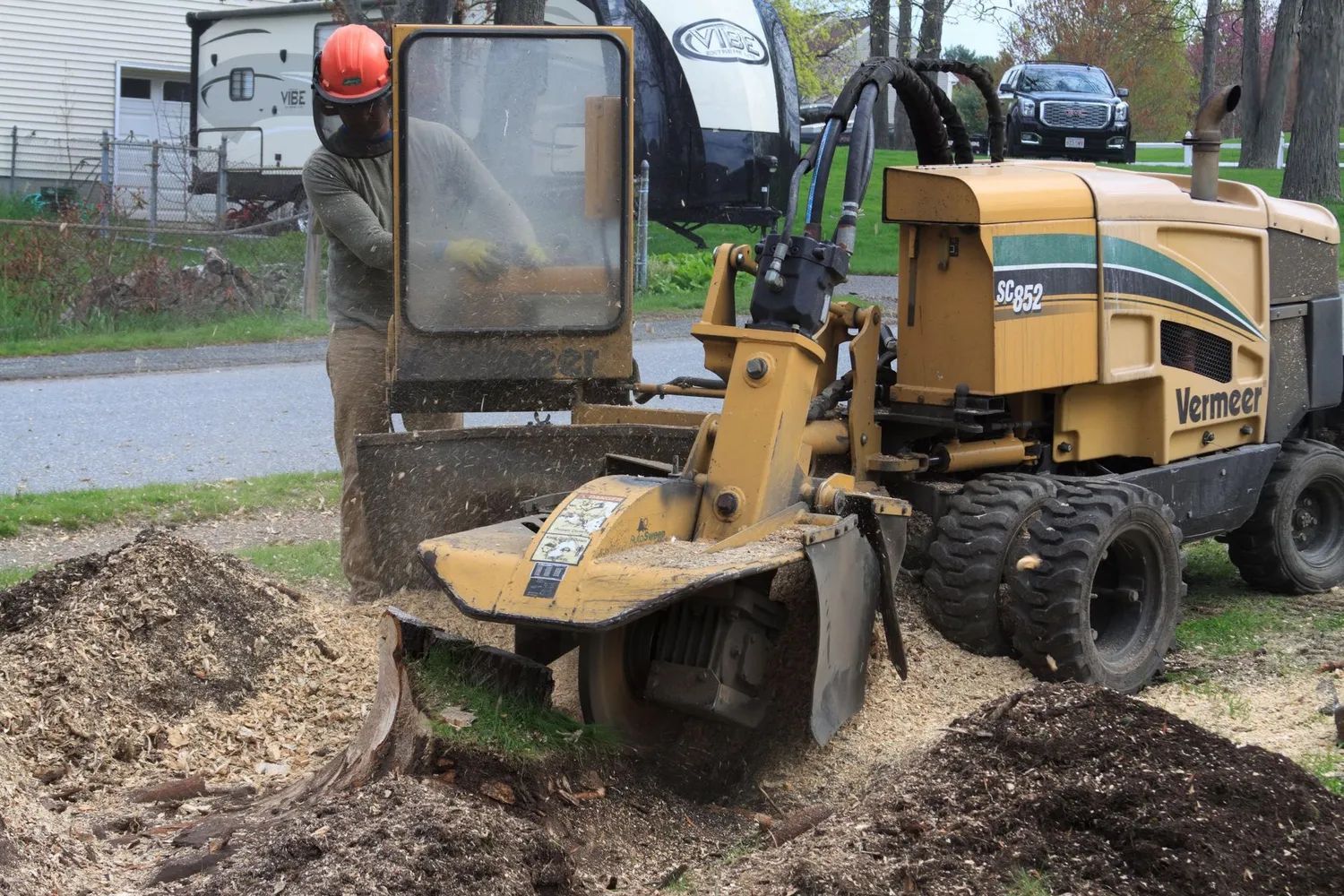Can You Plant After Stump Grinding? Tips for Replanting
After a tree is removed and the stump ground down, many homeowners wonder—can you replant in the same spot? The answer is yes, but with some preparation. Stump grinding leaves behind wood chips, compacted soil, and possible root debris, all of which affect new plant growth. Whether you’re planning to plant a new tree, install shrubs, or lay fresh grass, understanding how to properly treat the area ensures success. This guide from Big Beaver Stump Grinding
will walk you through everything you need to know to replant safely and effectively after stump grinding—keeping your yard beautiful and thriving.
1. Assess the Site and Remove Debris
Once the stump is ground down, the remaining hole will likely be filled with a mix of wood chips, sawdust, and soil. While this debris may seem harmless, it actually hinders plant growth by depleting nitrogen as it decomposes. The first step is to clear out as much of the material as possible, digging down several inches to remove leftover roots and grindings. Refill the area with high-quality topsoil or a soil-compost mix to restore nutrients and create a fertile base for replanting.
2. Wait Before Replanting (If Possible)
It’s tempting to plant immediately after grinding, but waiting a few weeks can make a big difference. Allowing time for the ground to settle helps prevent air pockets and uneven surfaces later. If you plan to plant another tree, consider waiting at least 4–6 weeks, especially if the old tree had disease or root rot. This waiting period also gives beneficial microbes time to rebalance the soil’s nutrient levels.
3. Choose the Right Location for a New Tree
If you’re replacing a tree, avoid planting in the exact same spot as the old one. The previous root system may have altered the soil structure or left behind pathogens. Instead, move the new tree at least 3–5 feet away from the old stump site. This gives roots room to spread and access fresh, uncompacted soil. For smaller plants or shrubs, the same area can often be reused as long as the soil is rejuvenated properly.
4. Rebuild Soil Health
Healthy soil is the foundation for healthy plants. Add organic matter, compost, and a slow-release nitrogen fertilizer to replenish nutrients depleted by wood decomposition. You can also test the soil’s pH to ensure it’s within the right range for your chosen plants. For grass or groundcover, lightly till the area and spread grass seed or sod after leveling the soil. Consistent watering and mulching will help establish strong roots.
5. Plant Smart and Maintain Regular Care
Once planted, provide your new tree or plants with plenty of water and mulch to retain moisture. Avoid overwatering, which can cause soil compaction. Monitor the area over time—settling is normal and can be corrected with additional soil or compost. With the right care, your replanted area will grow strong and fill the space beautifully.
Replanting Made Easy with Local Experts
Replanting after stump grinding is absolutely possible when done correctly. By removing debris, restoring nutrients, and choosing the right planting spot, you can create a healthy environment for new growth. If you’re unsure where to start or want to ensure the best results, call Big Beaver Stump Grinding. With 20
years of experience serving Westminster, Massachusetts, our team specializes in safe stump removal, soil restoration, and professional guidance for post-grinding care. We make it easy to transform your landscape after tree removal—helping you replant with confidence and enjoy a fresh, thriving yard for years to come.



